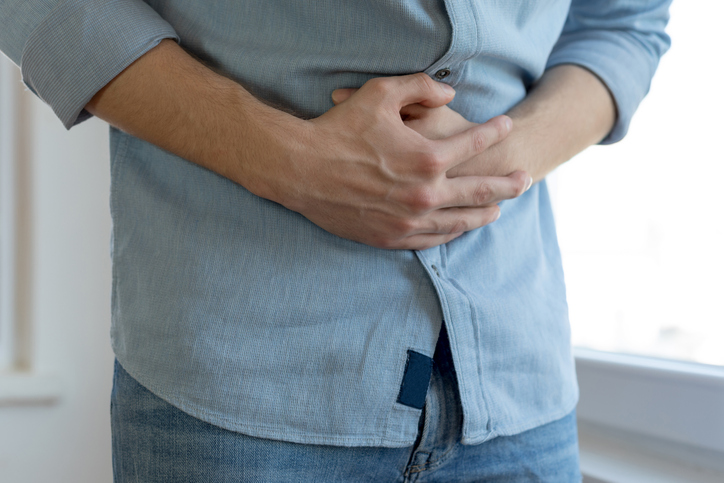Pain
What Is Menstrual Pain?

What is menstrual pain?
Menstrual pain, or dysmenorrhea, can occur in females when the uterus sheds its lining (usually on a monthly basis in premenopausal women). Pain may be experienced in the lower abdomen during the few days preceding menstruation and during menstruation. Although temporary, the pain can be throbbing, cramping, aching, dull or sharp. Levels of pain can range from mild to severe and may interfere with an individual’s normal activities. Menstrual pain is the leading cause of work absenteeism in women.
What are the causes of menstrual pain?
In normal circumstances, the tissue that lines the uterus creates a substance called prostaglandin on a monthly basis. This stimulates the uterine muscles to contract which causes the painful symptoms and inflammation associated with menstruation. In some women, prostaglandin levels are elevated which causes more intense contractions of the uterus. Prostaglandin levels increase a few days before menstruation begins.
What are the symptoms of menstrual pain?
Symptoms of menstrual pain include, but are not limited to, the following:
- Low back pain
- Leg pain or cramping
- Nausea
- Vomiting
- Diarrhea
- Headache
- Tenderness
- Irritability
- Weakness
- Feeling faint
What health conditions can intensify menstrual pain?
Medical conditions of the reproductive system or underlying health conditions that can cause intensified menstrual pain include, but are not limited to, the following:
- Premenstrual syndrome (PMS) is caused by hormonal changes in the body and is a common condition. Symptoms typically disappear when menstruation begins.
- Endometriosis is a condition in which the lining of the uterus grows into other parts of the body, such as the Fallopian tubes, ovaries or pelvis tissue.
- Uterine fibroids are benign tumors that press on the uterus causing menstrual pain.
- Pelvic inflammatory disease (PID) is an infection often caused by sexually transmitted bacteria. PID causes inflammation of the reproductive organs, resulting in pain.
- Ovarian cysts are solid or fluid-filled pockets on an ovary. Cysts can develop at any time.
- Stenosis of the cervix, although rare, is a condition in which the cervix is extremely small or narrow. This can decrease the flow of menstruation which causes pressure inside the uterus.
- Adenomyosis is a condition in which the uterine lining grows into the muscular wall of the uterus. Although rare, it causes inflammation and pressure which lead to pain.
- Ectopic pregnancy is a pregnancy that occurs outside the uterus, often inside the Fallopian tubes. This can cause extreme pain. An individual should seek immediate medical treatment if an ectopic pregnancy is suspected.
- An intrauterine device (IUD) is a device inserted into the uterus to prevent pregnancy. This device can sometimes cause pain.





